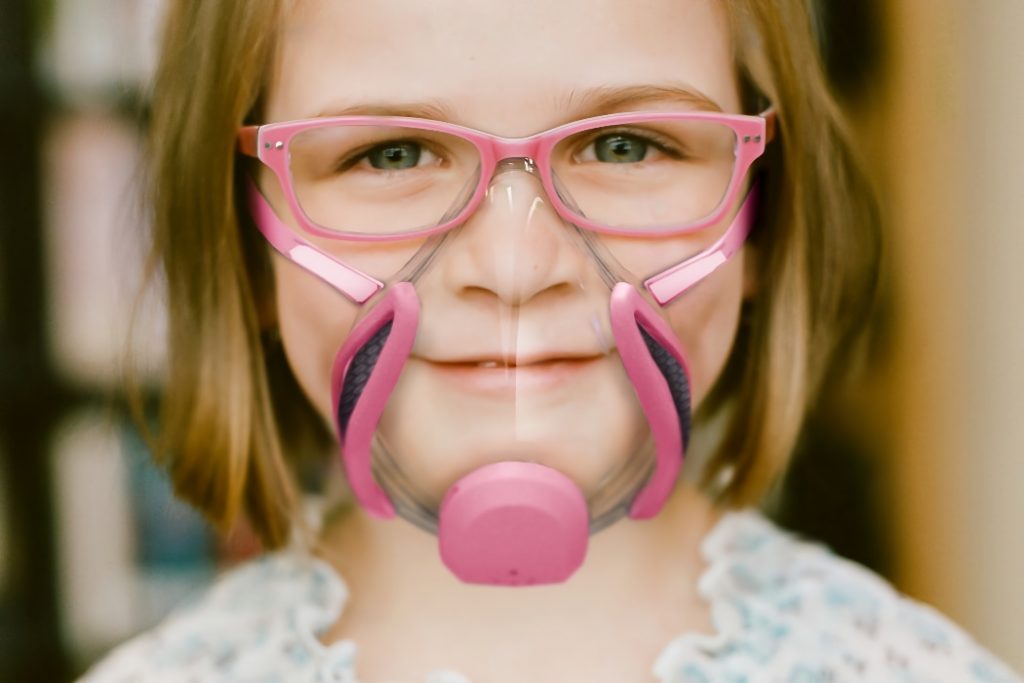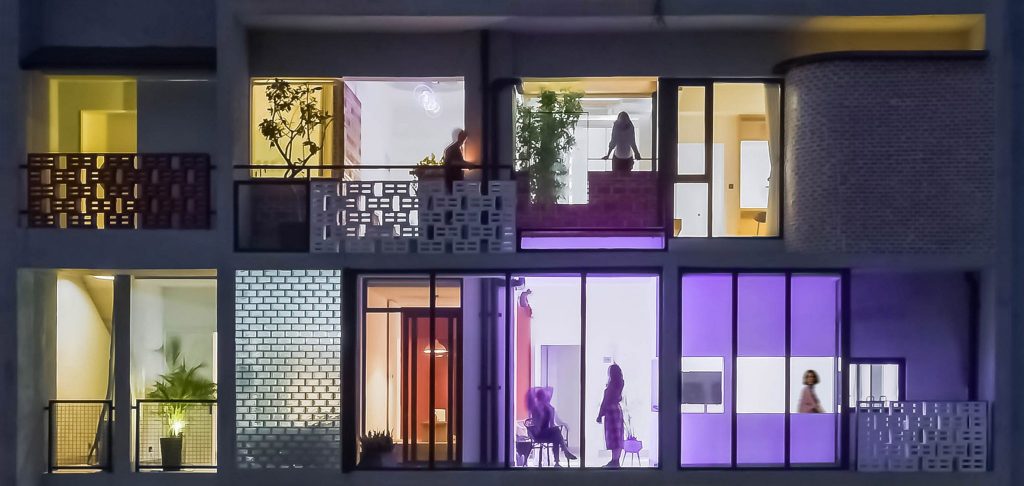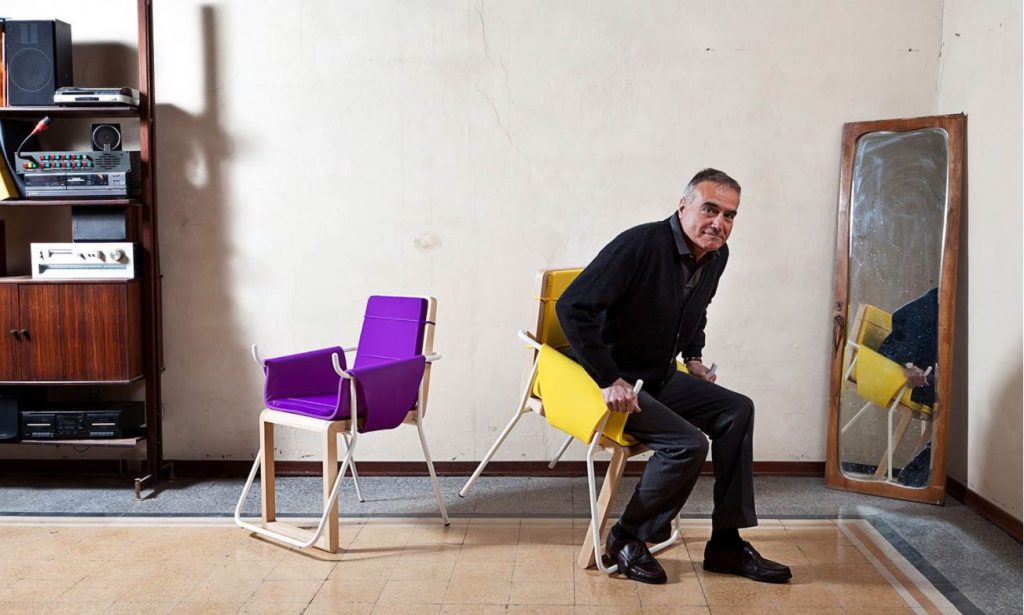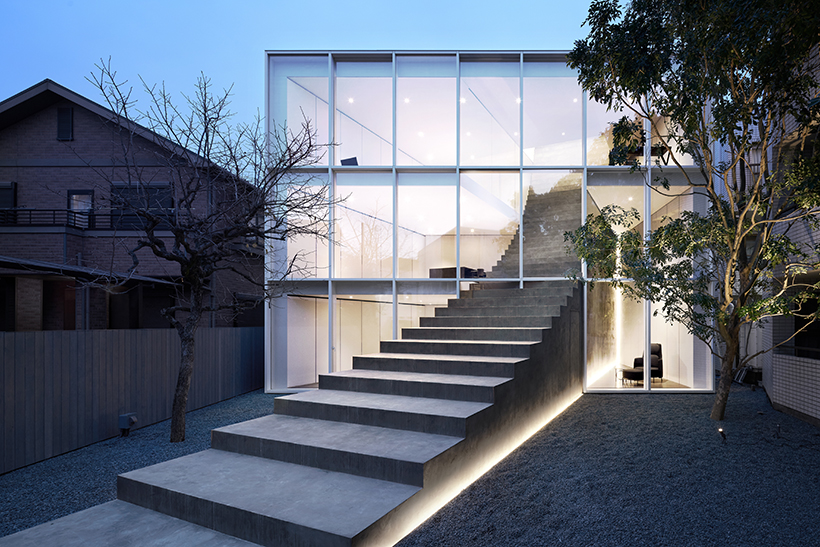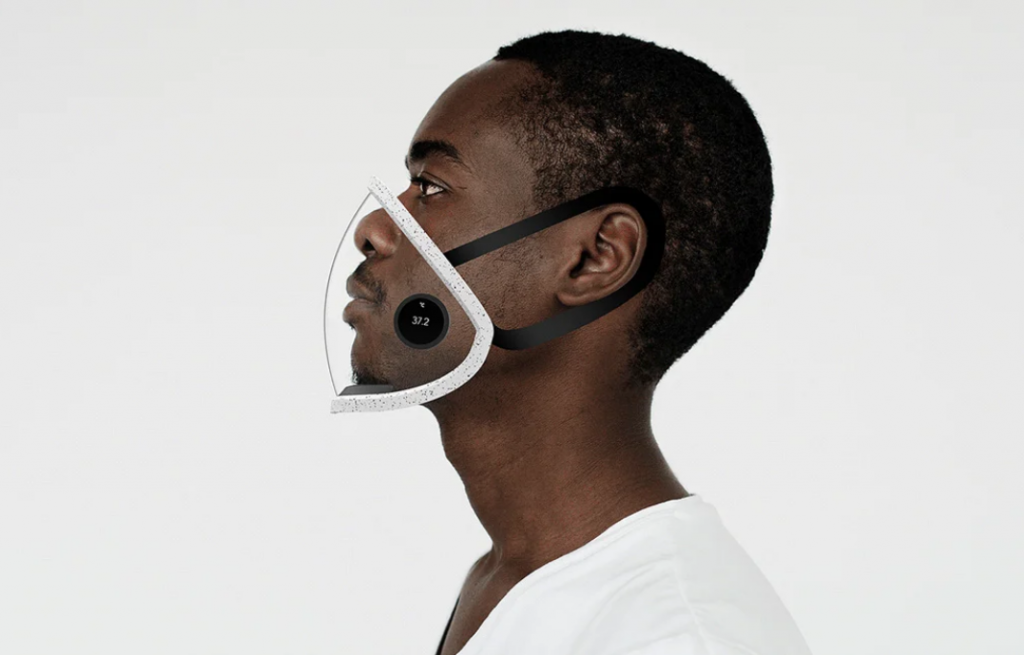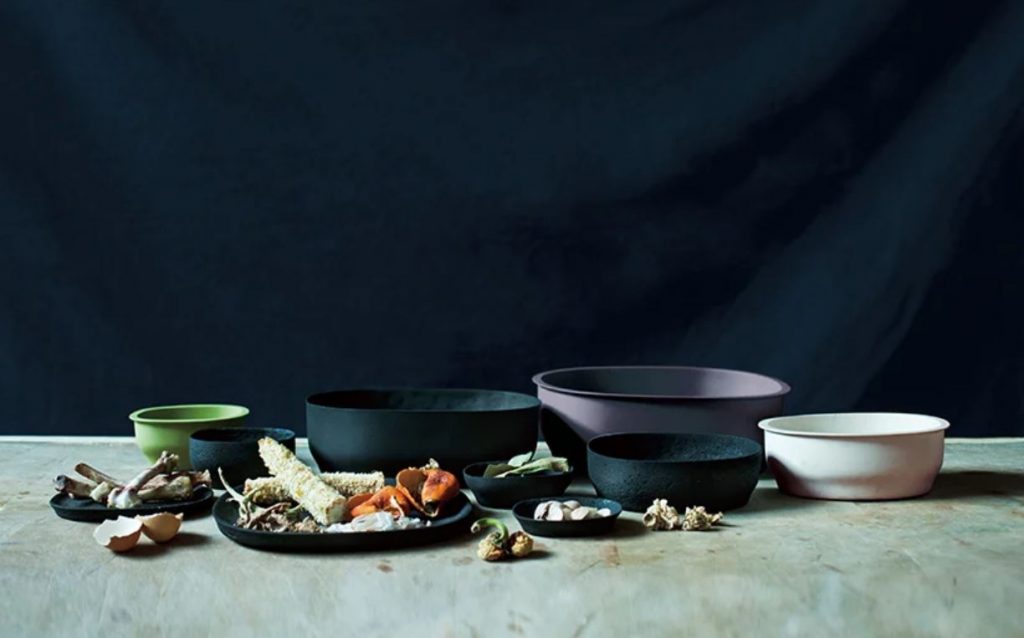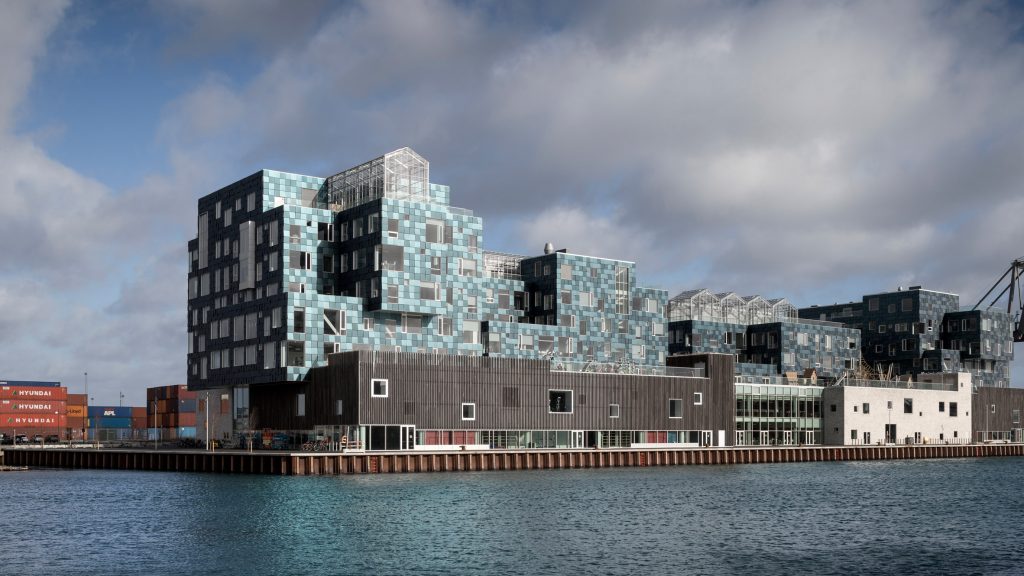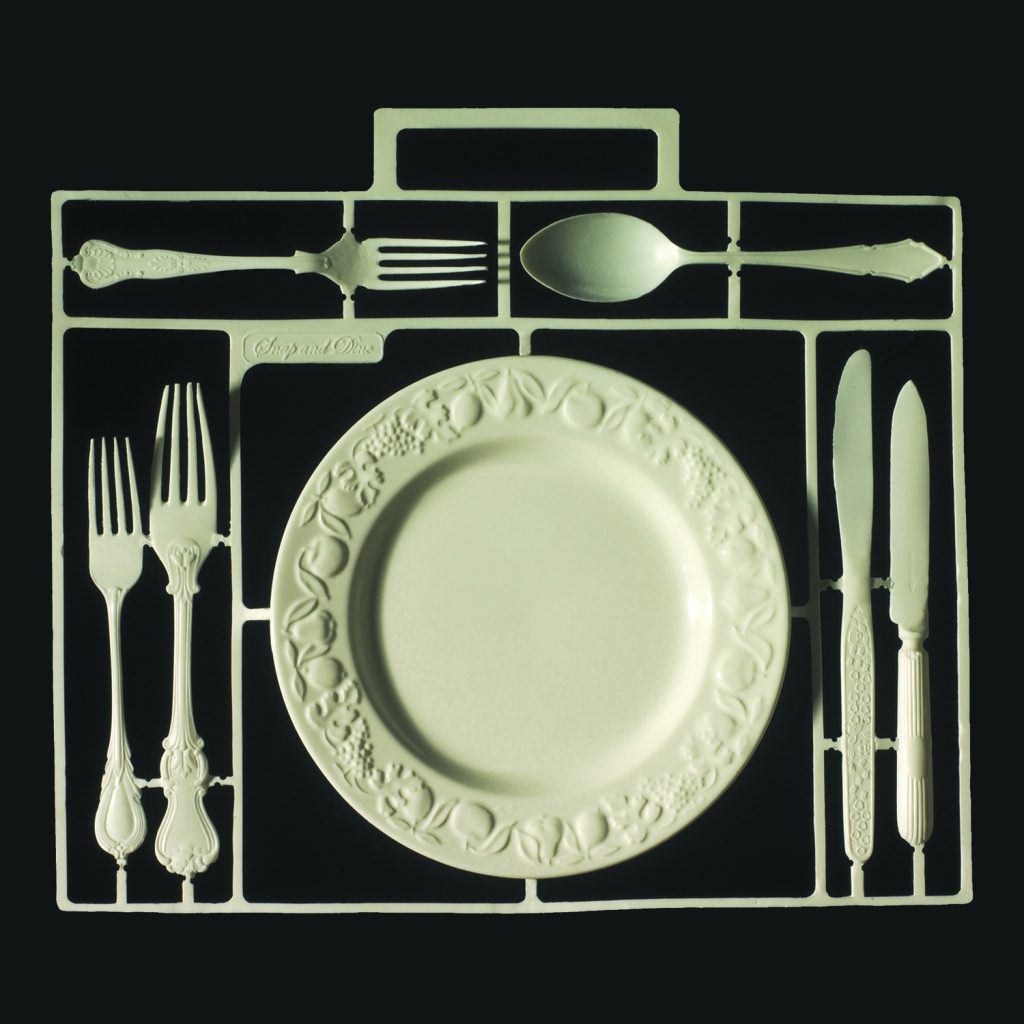Wearing a mask has been a part of our daily life for months. Masks come in all sorts of shapes, sizes and styles, and for many has also become a fashion accessory, morphing from a personal necessity to a form of personal expression. Designers globally go on trying to find new and more efficient types of face gear that are not limited to their primary function of slowing down the rate of disease transmission but also address other issues, be it plastic pollution or communication hindrances.
